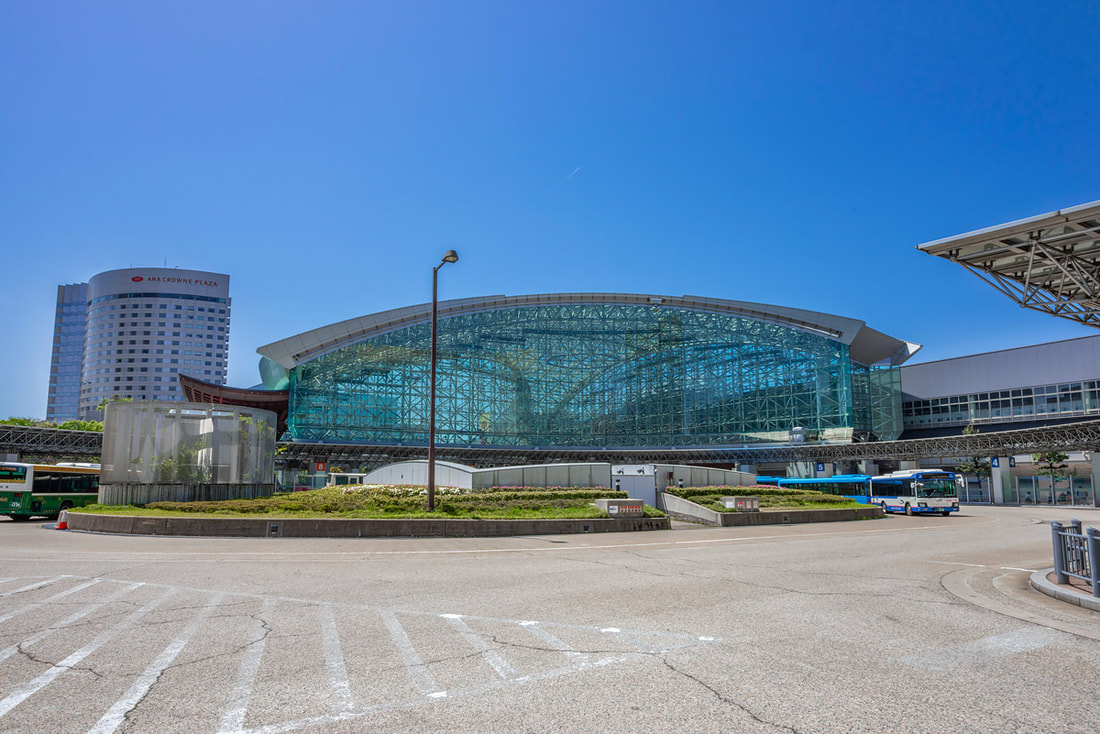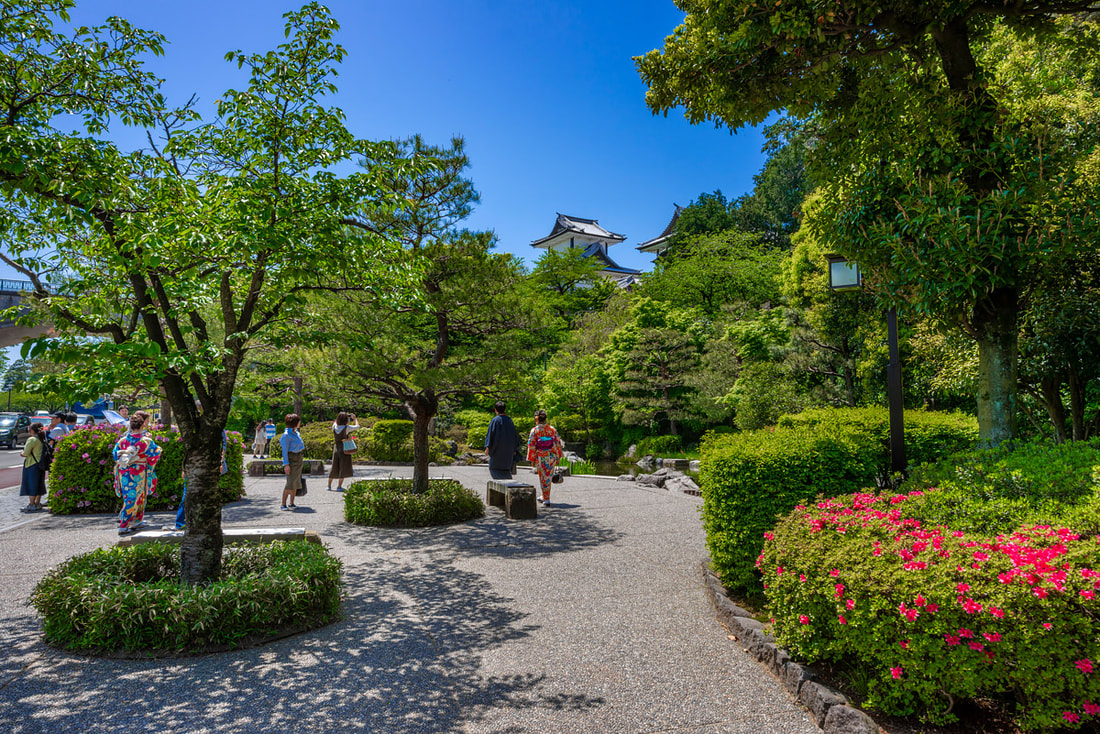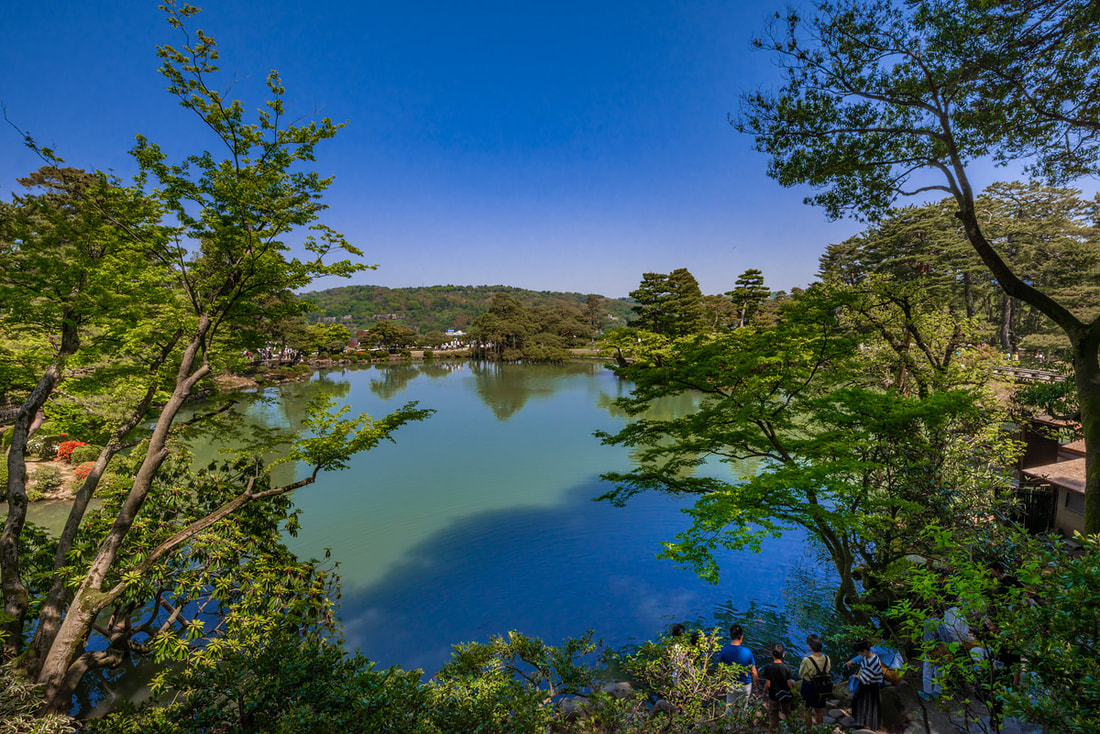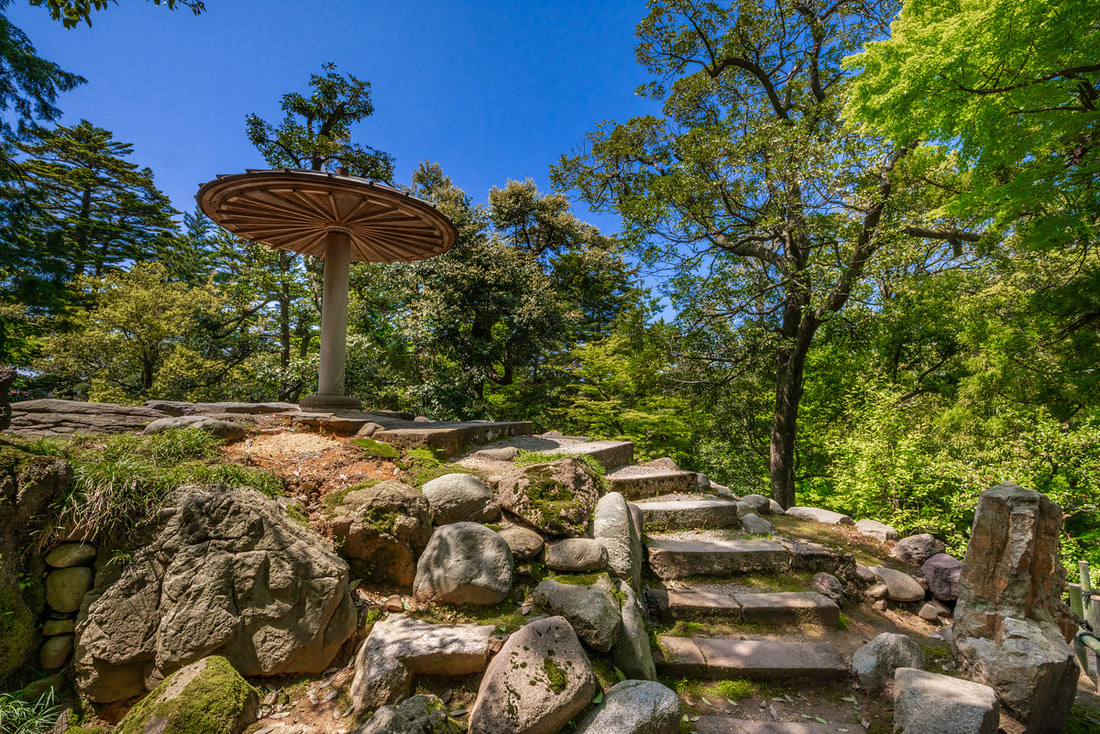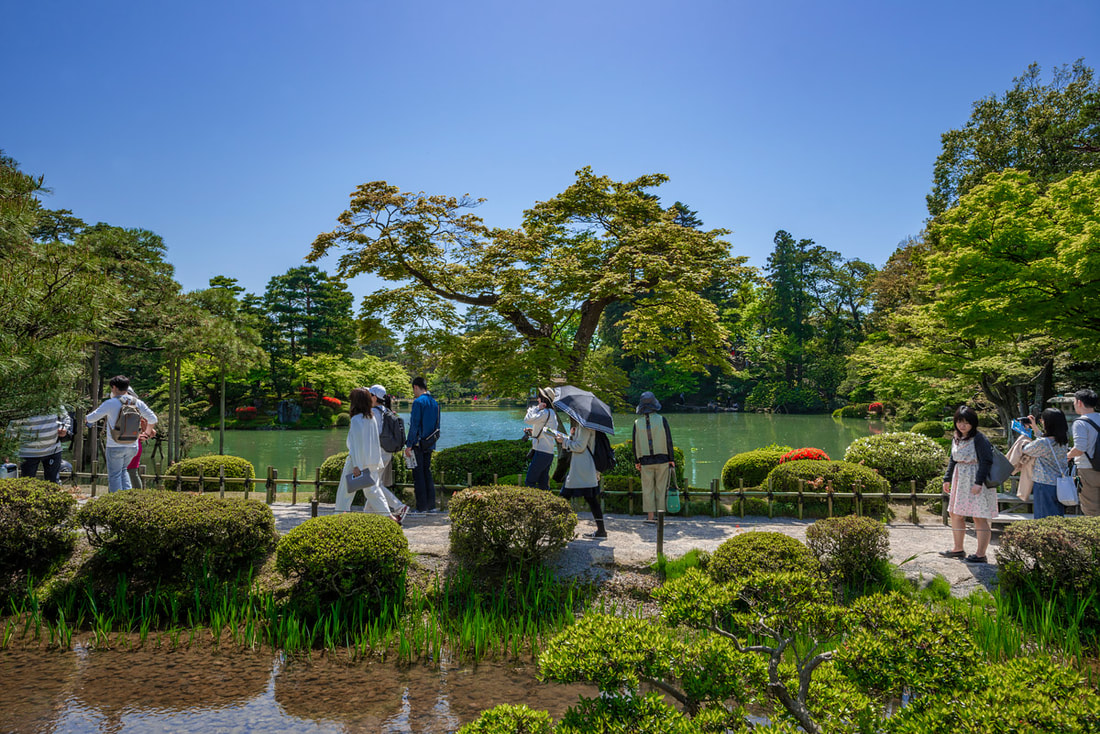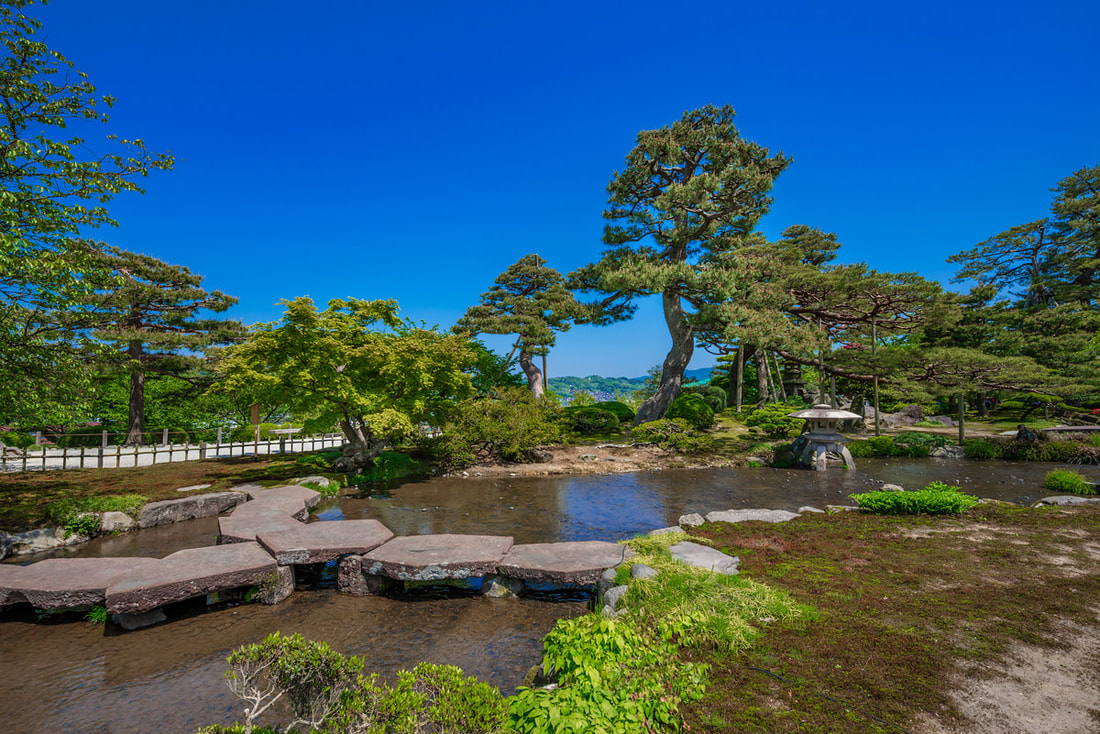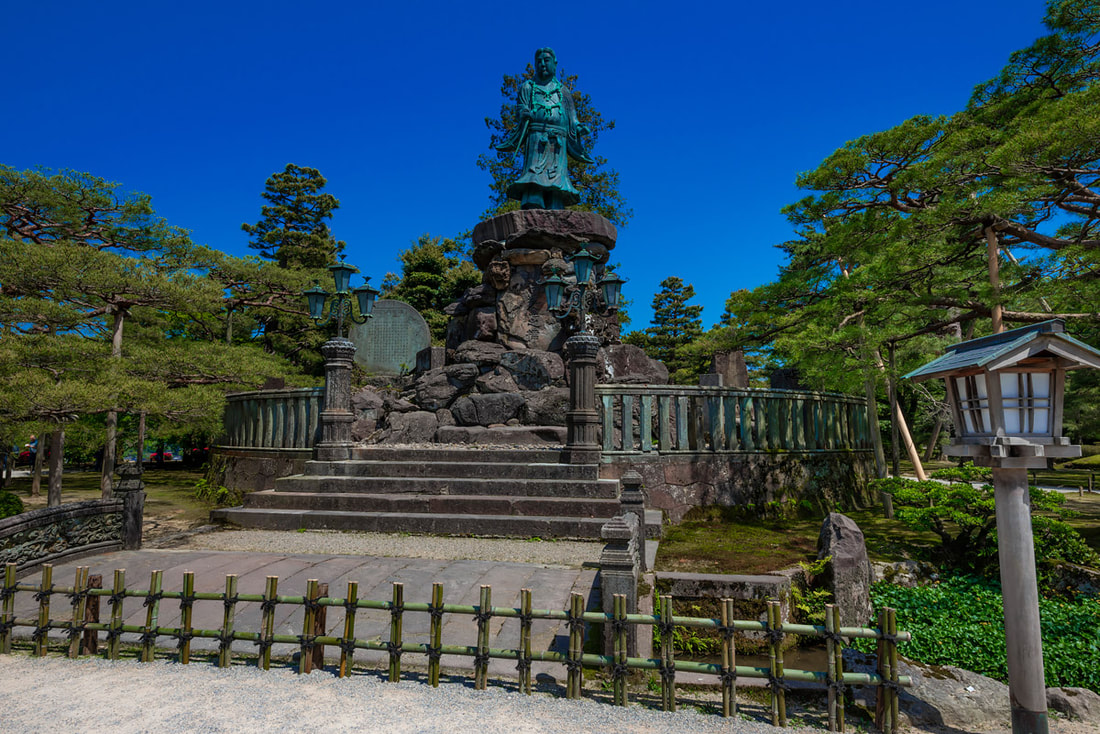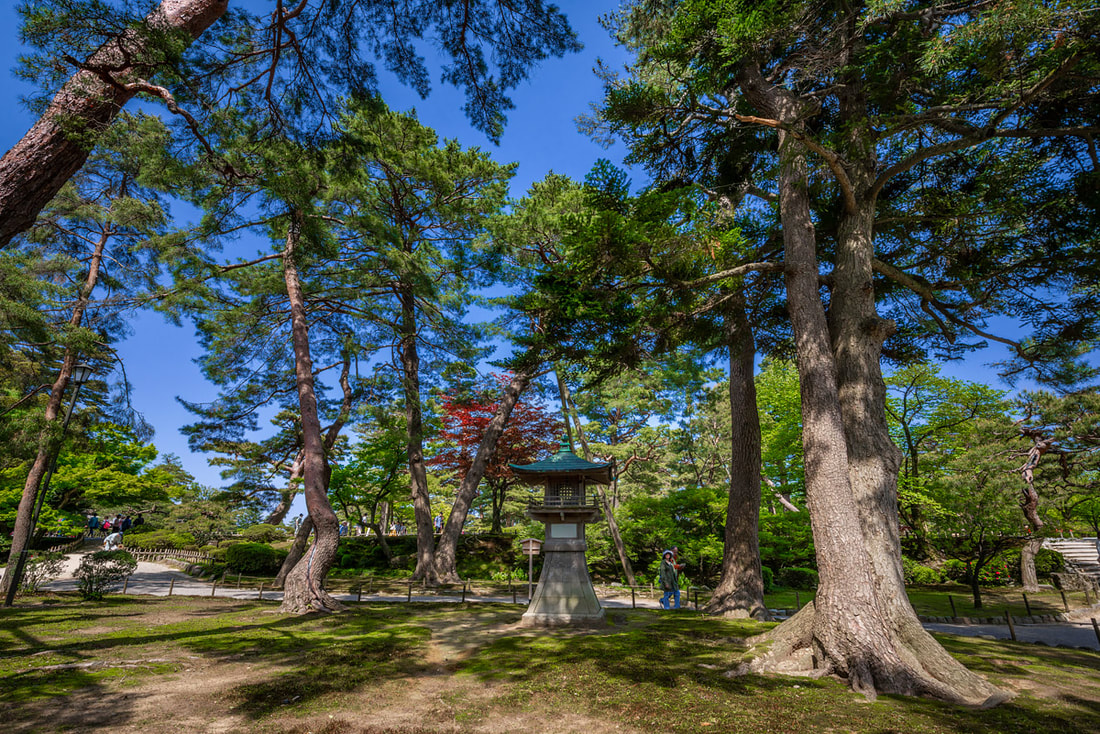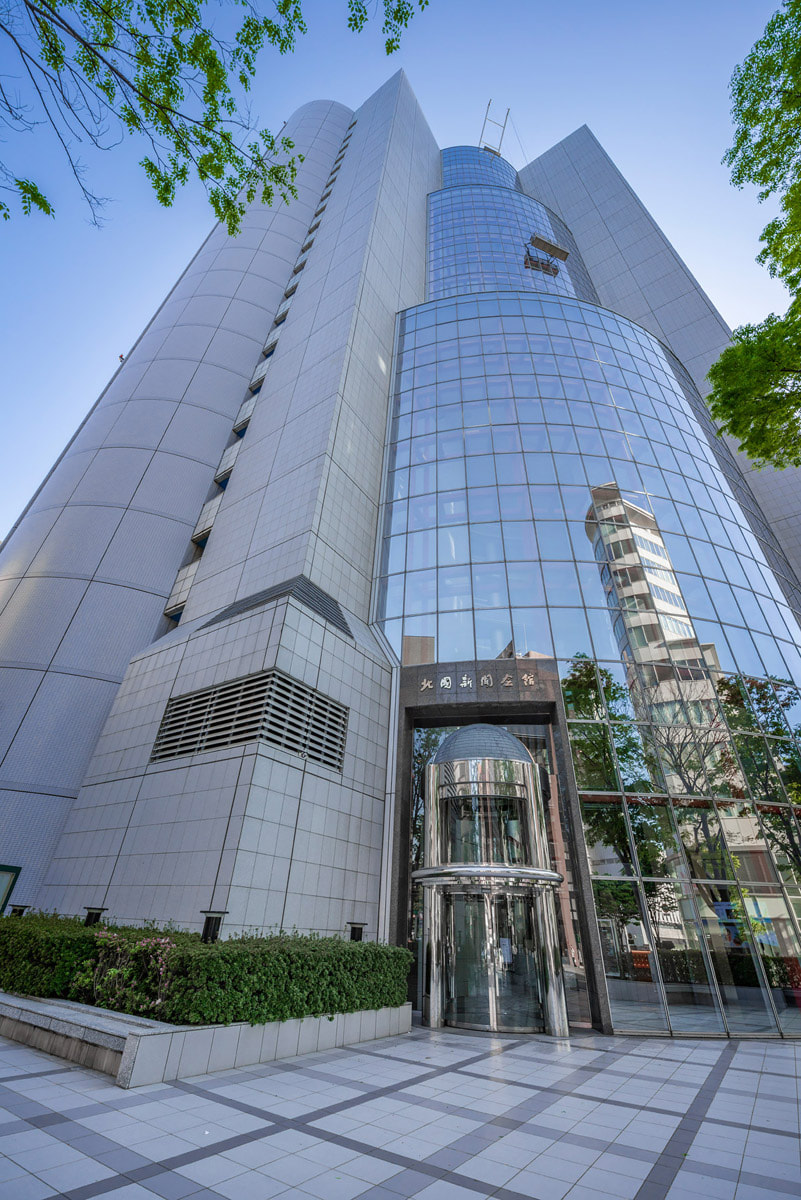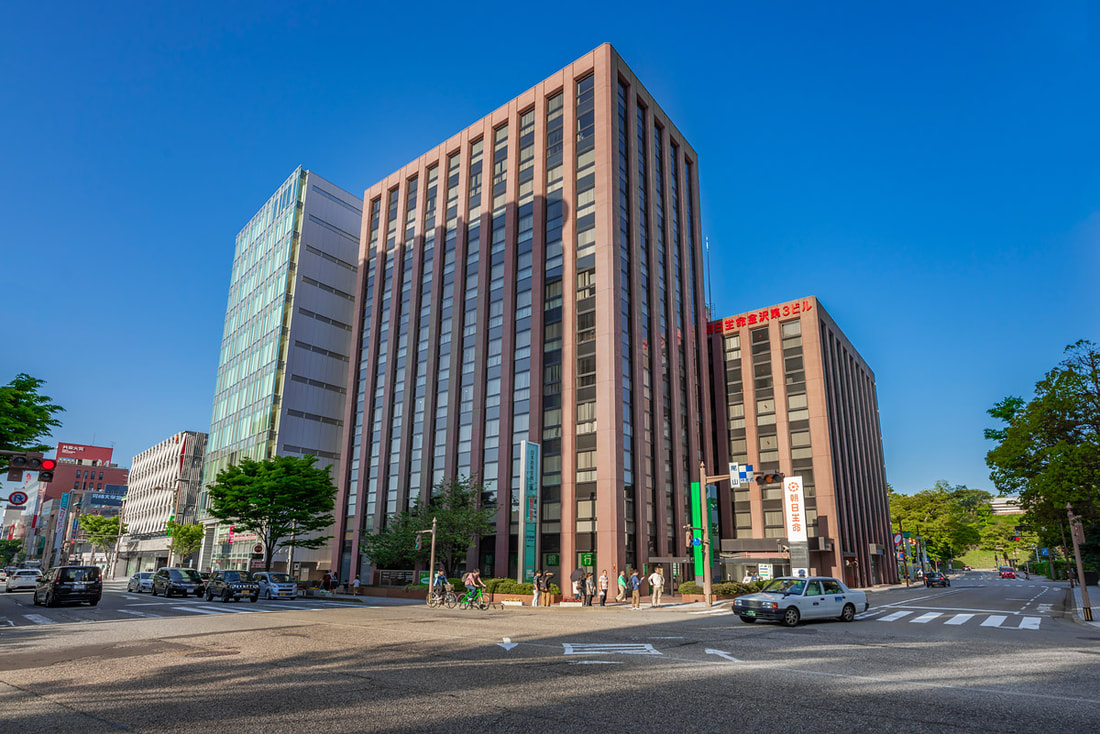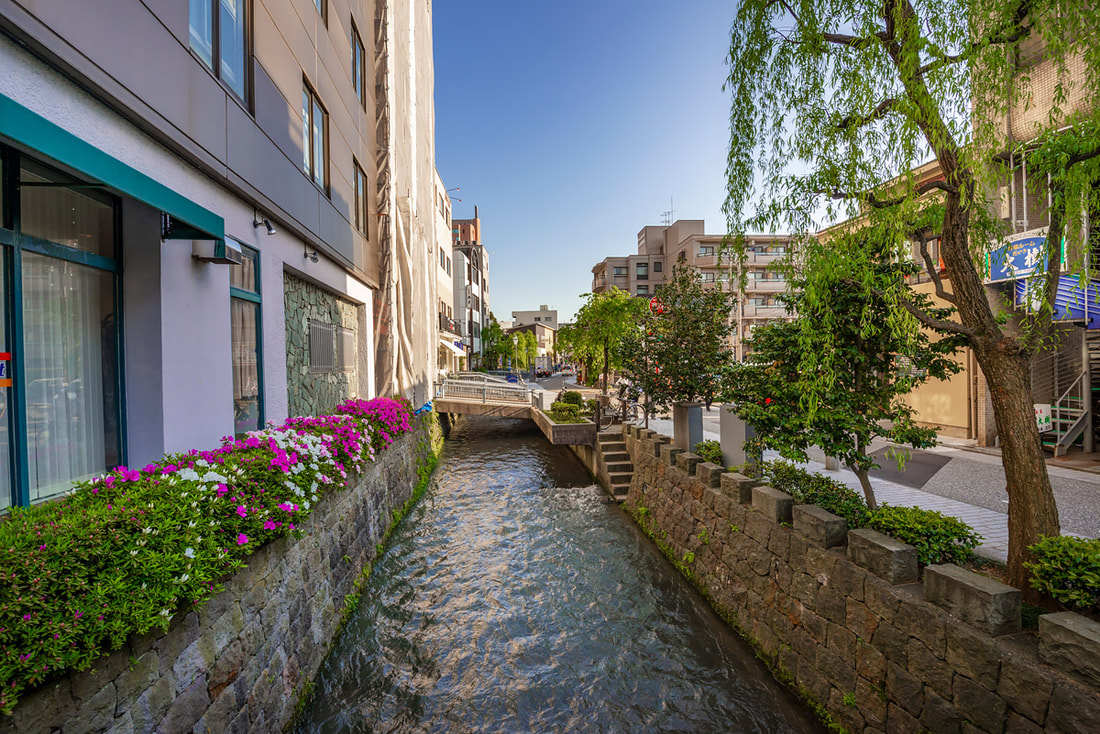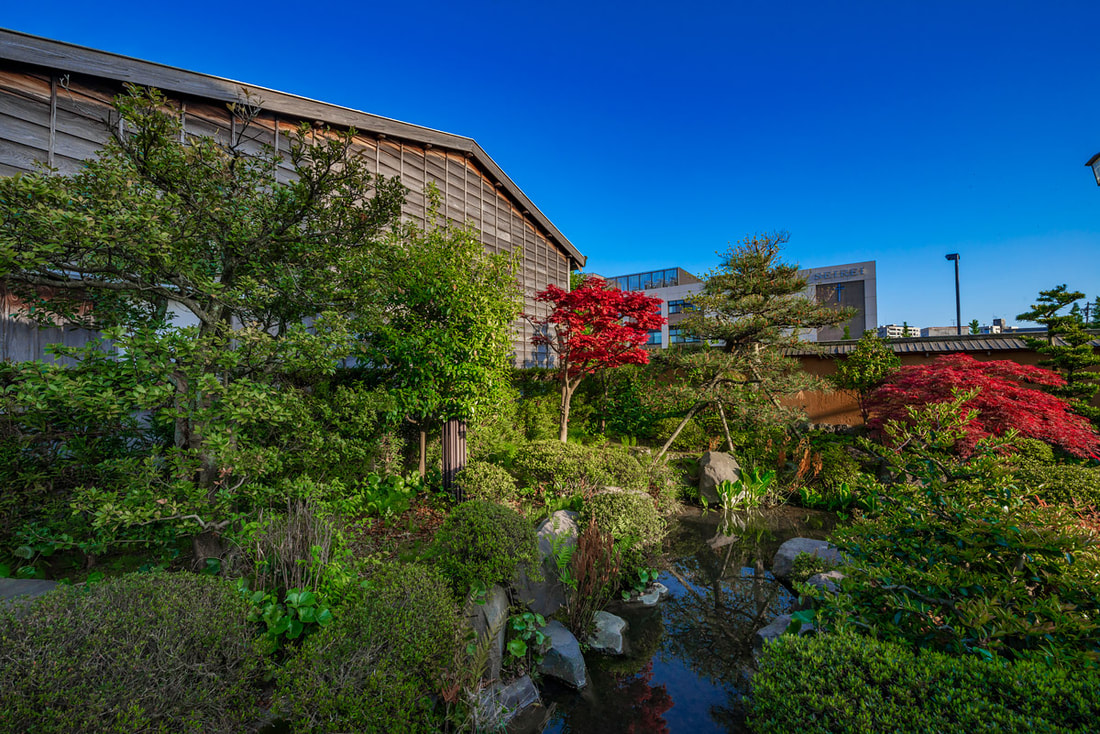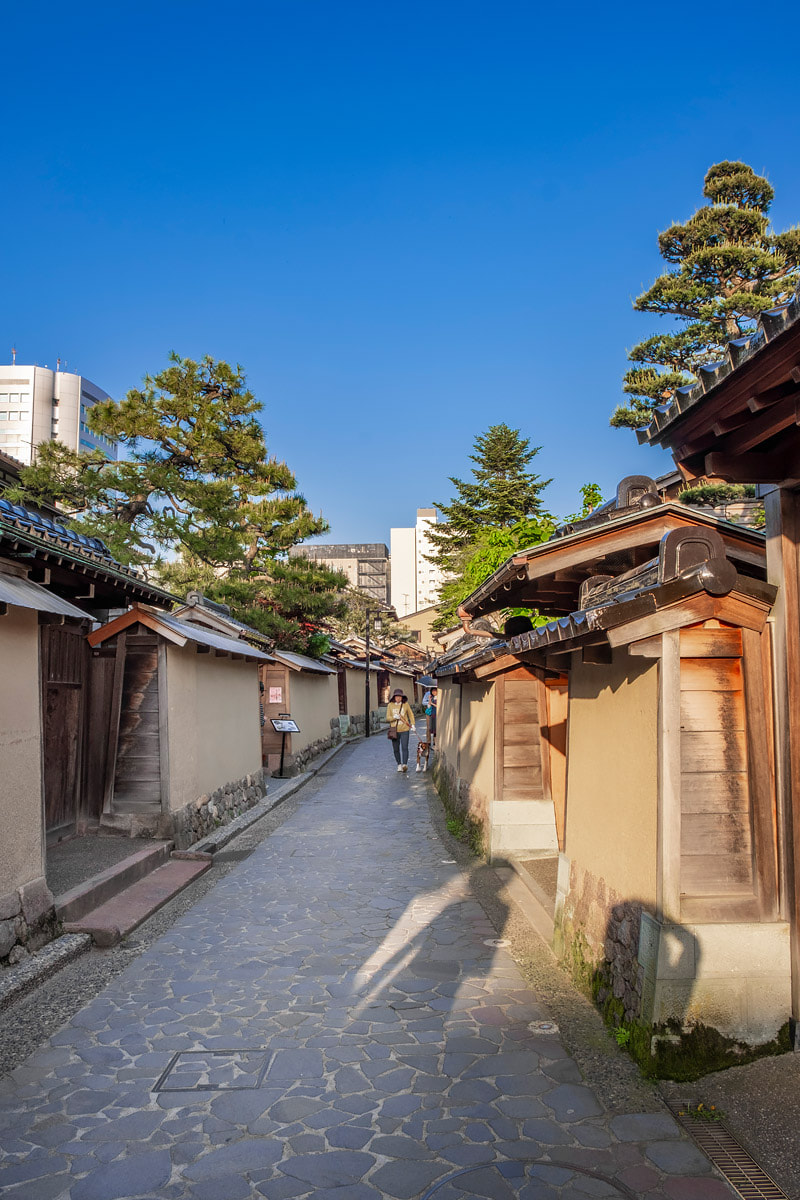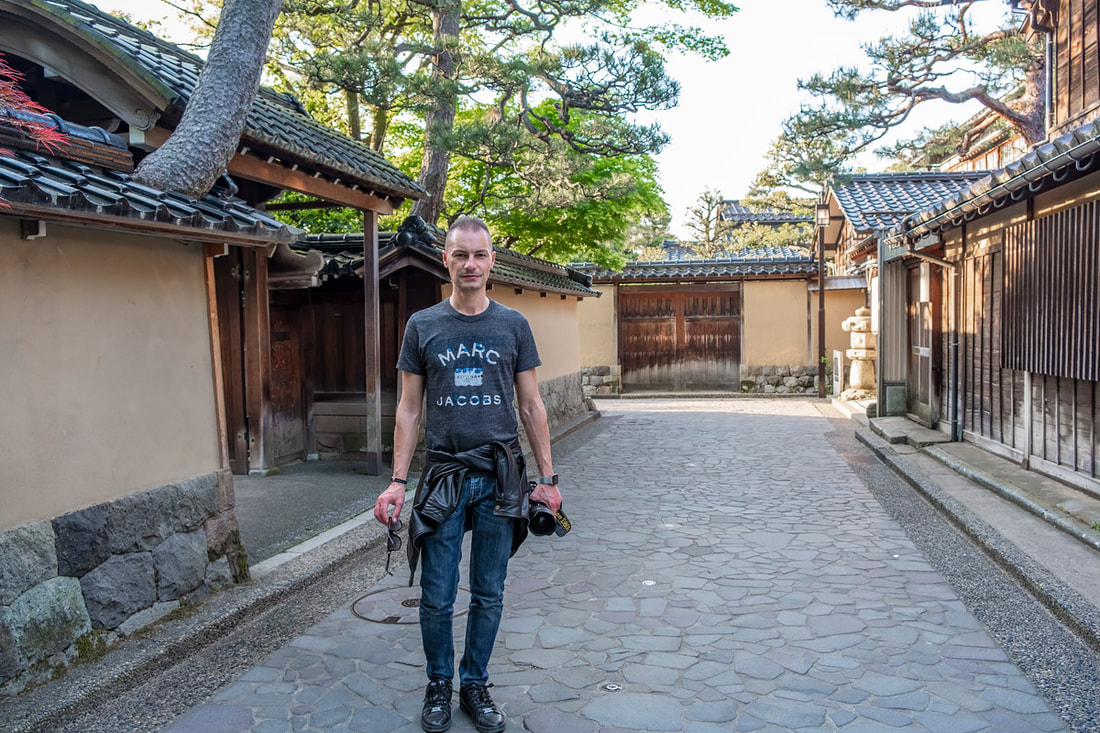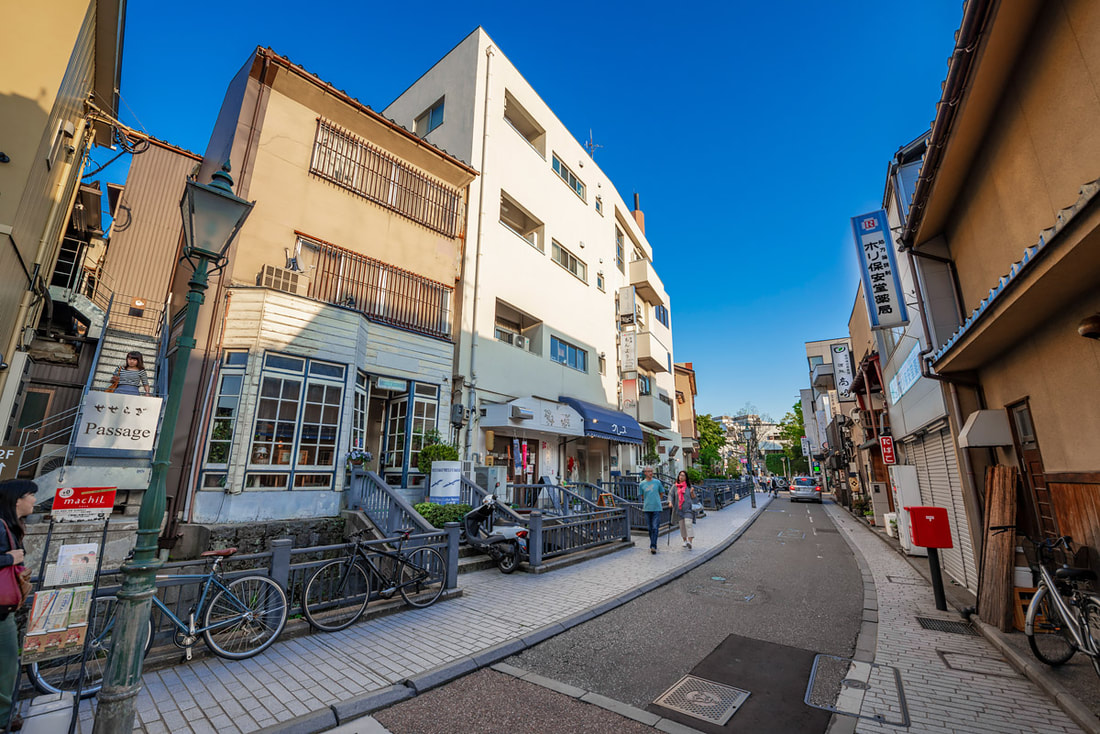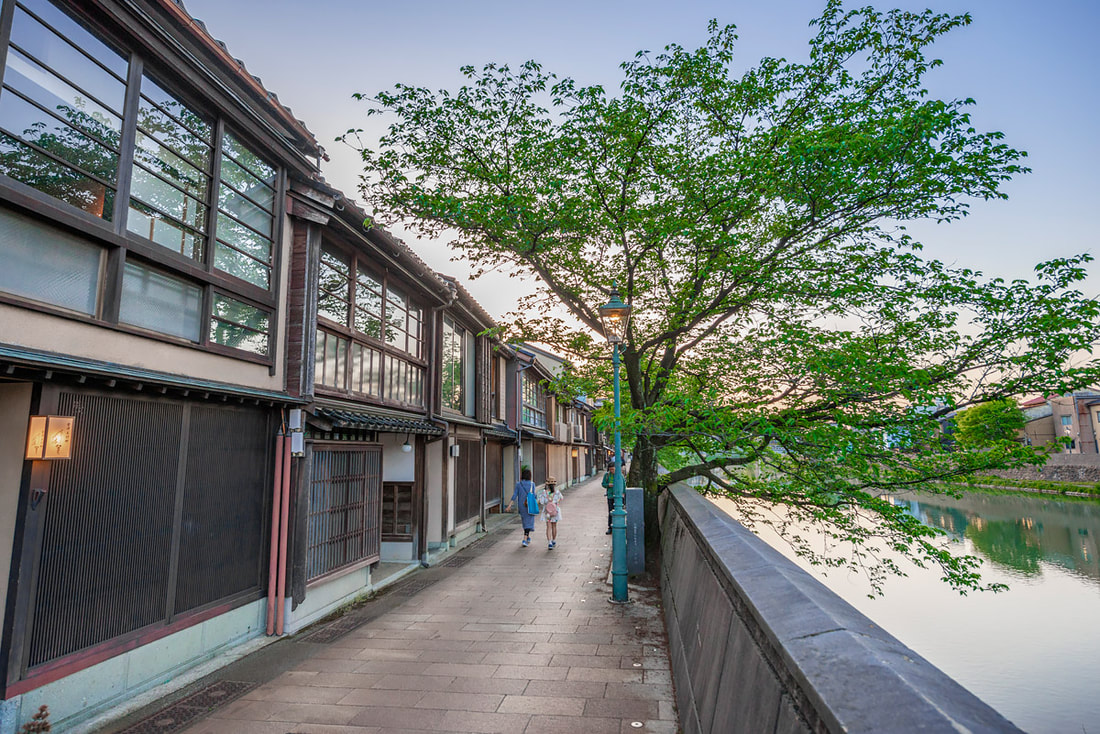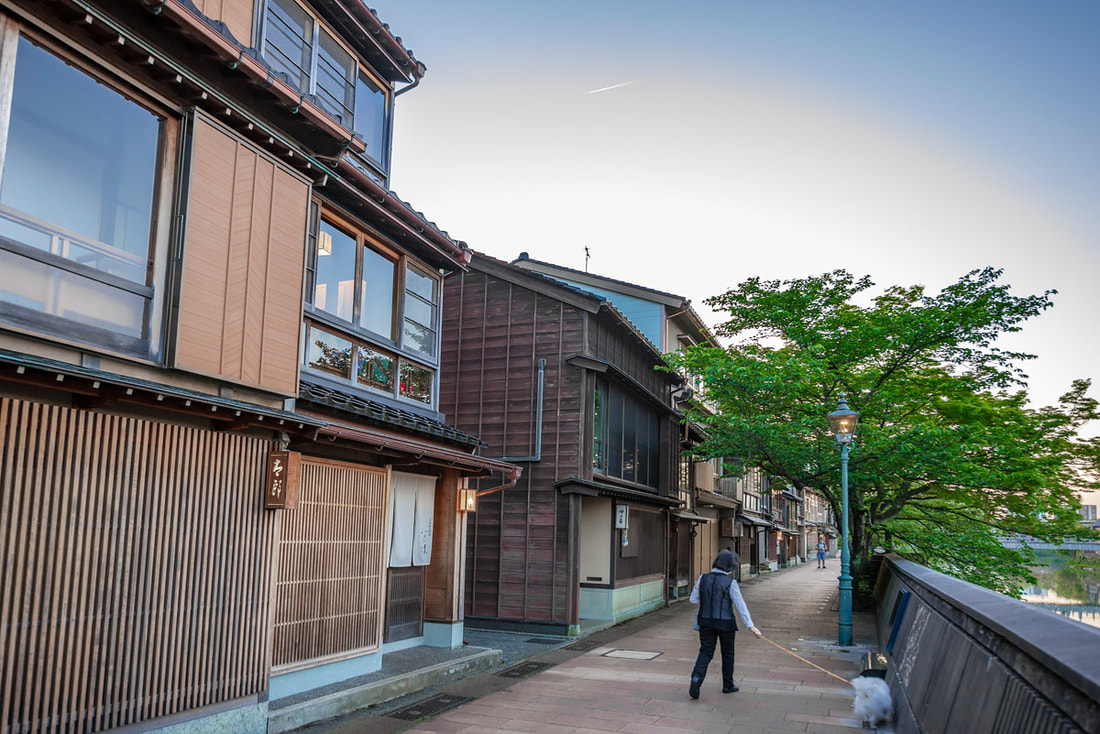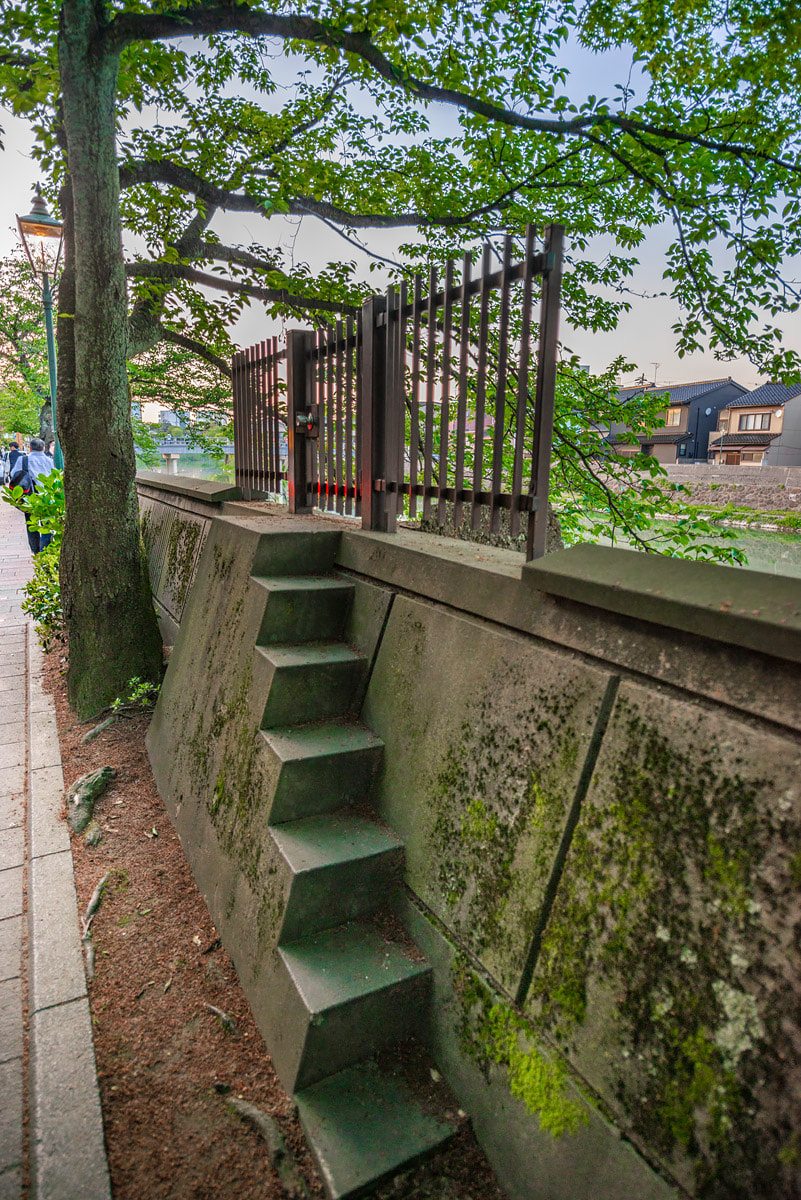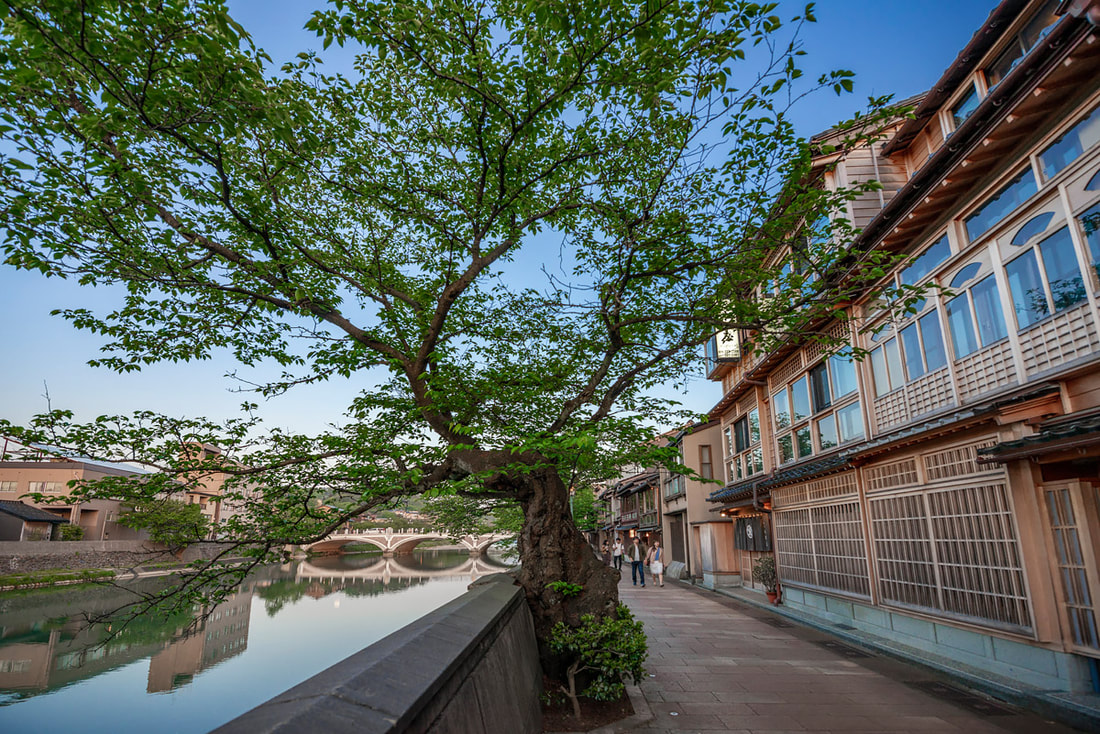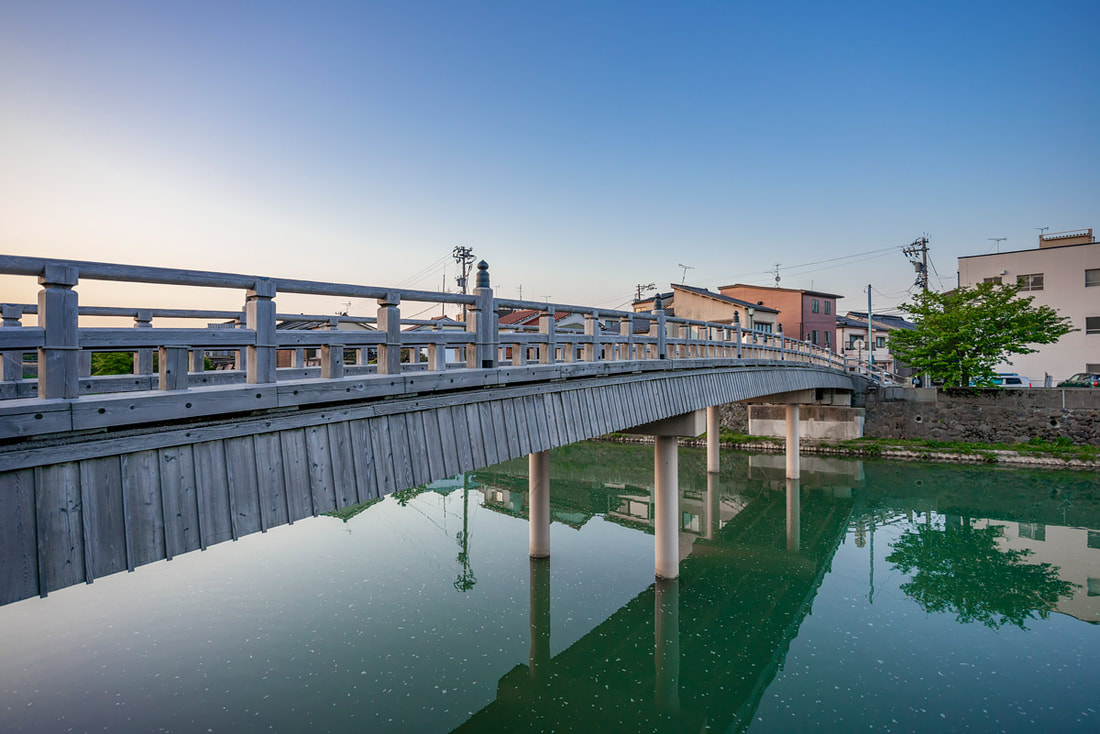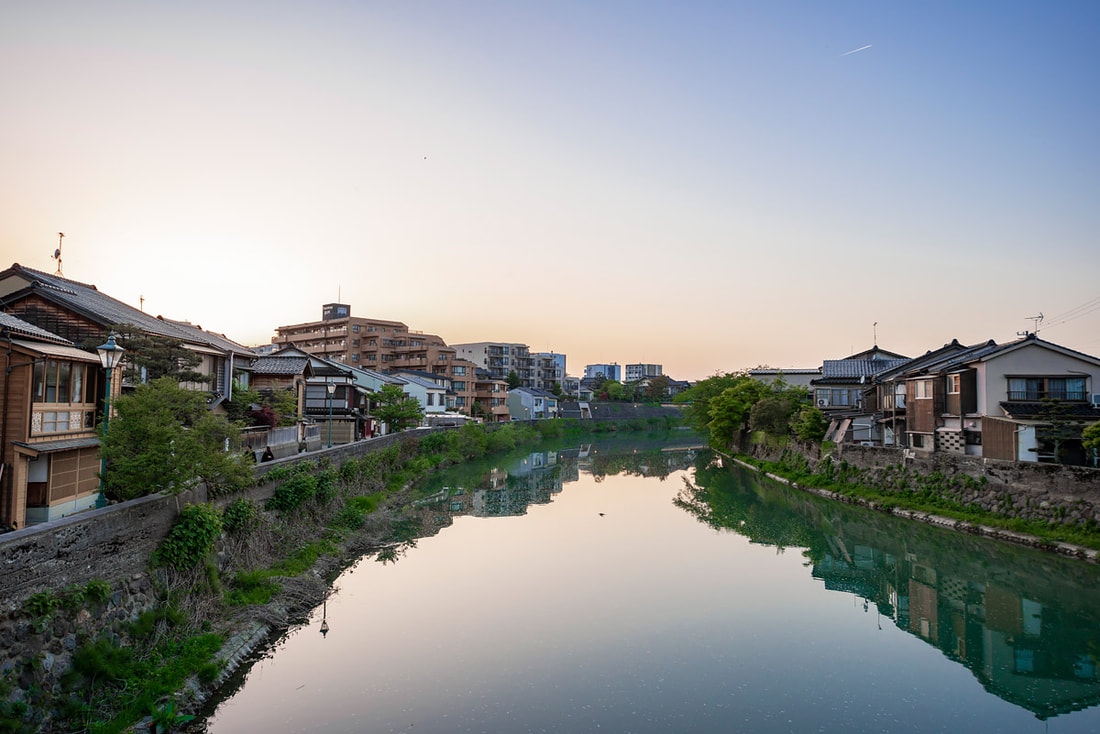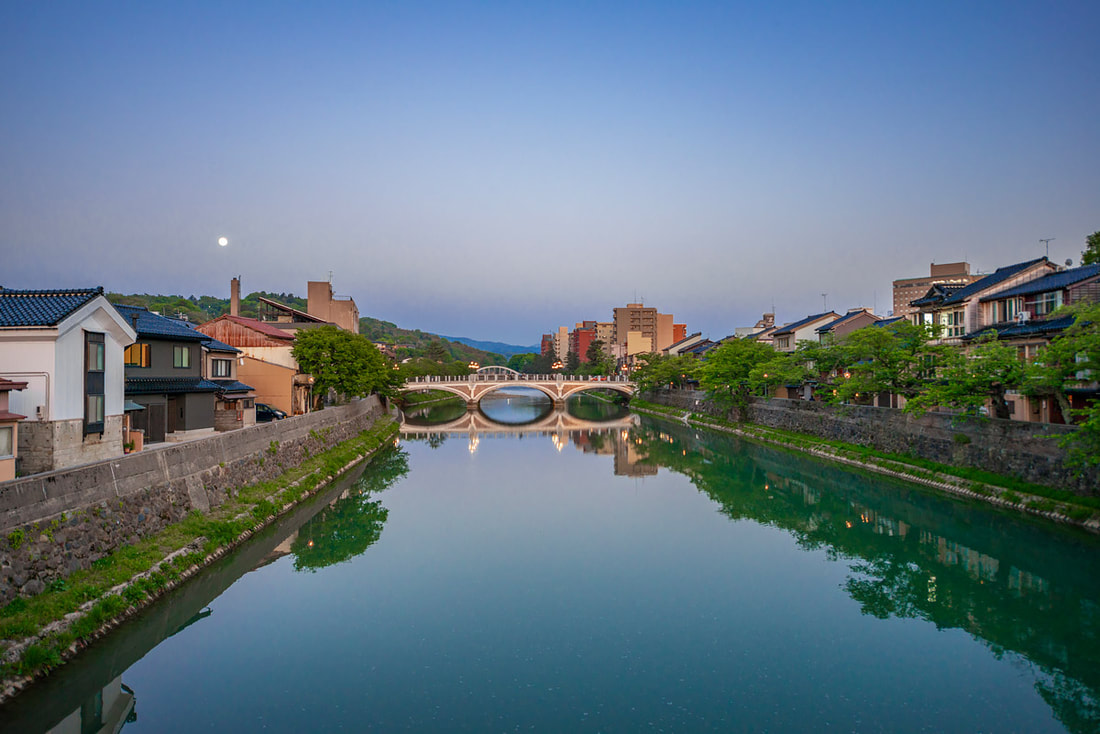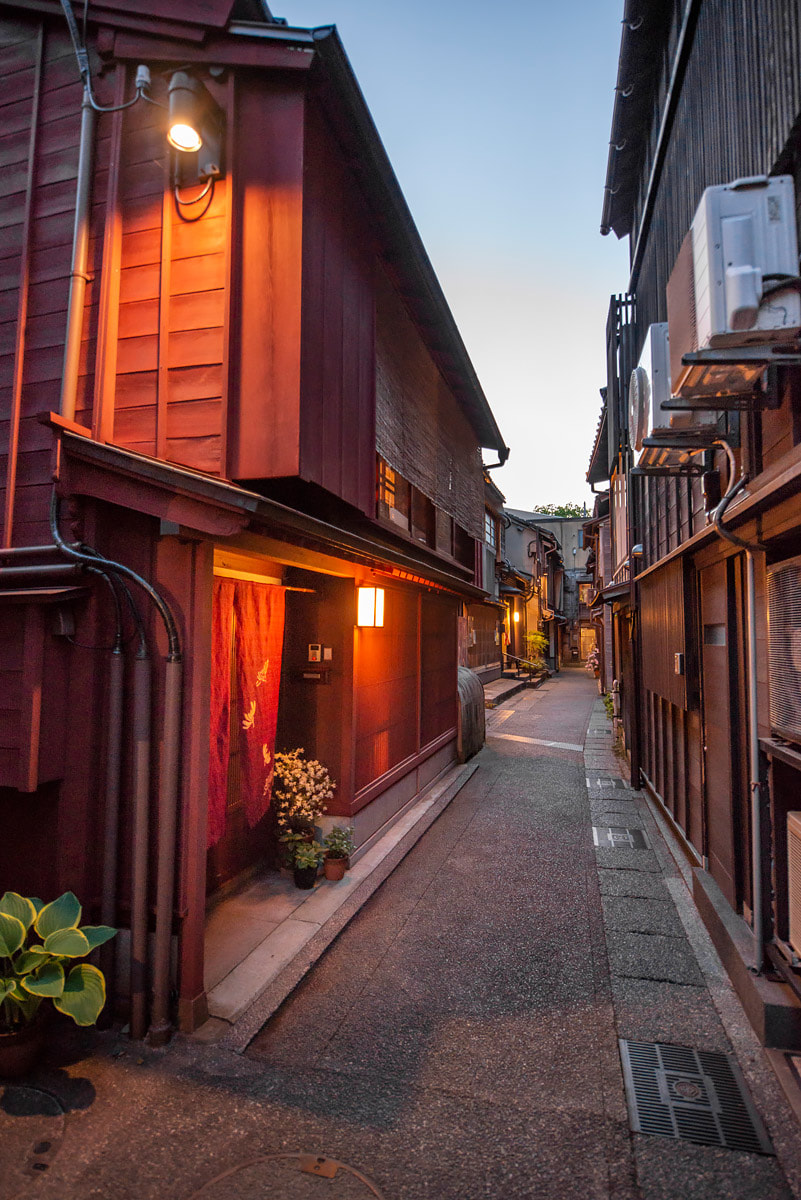By Antonio MalaraThe journey to Kanazawa started from Takayama station, the second city I visited during my trip to Japan made with my sister in April 2018. Kanazawa was a destination known above all for still having, within the city, the samurai quarter. In other words, in Kanazawa there was still that characteristic part of Japan that fortunately had not been destroyed during the Second World War. With my sister we knew that the city was relatively small so we didn't study it particularly, except for the samurai quarter and to figure out how to get there. Also in Kanazawa as for Takayama it was planned only one night in the city, considering that we would have arrived in the morning it was more than enough. A bit underestimated by us, Kanazawa has proved to be a city full of surprises, a magical place that I never expected. The train ride took about 2h30 not because of the distance but because the train was not super fast. We arrived in Kanazawa in the morning and again too early for check-in. However, after leaving our luggage at the hotel we went out to explore the city and the first thing I did was returned to the station which was about a hundred meters from our hotel. In fact, in Kanazawa it didn't take long to find the first spectacular design work, it was enough to leave the station and find yourself under the external cover. This was a very large work like reproducing a small stadium, it was built in steel and glass but the most beautiful thing was the entrance door which supported the roof on one side. It was called Tsuzumi-mon Gate and was a large wooden structure that creatively reproduced a torii gate. An original idea with a great visual impact, a place that had nothing to do with the classic concept of a railway station, Kanazawa already promised well upon its arrival. In addition to the samurai district, one of the main attractions of Kanazawa was the Kenroku-en, a huge park which also had Kanazawa Castle inside. From our hotel we got there in about half an hour of walking during which we appreciated the colors of the city which had trees and plants everywhere. We stopped on the Ishikawa Bridge, a large bridge that led to the Ishikawa-mom Gate, one of the entrance gates to the castle. We limited ourselves to taking pictures outside the structure from where we could also see the very long stone walls. We then walked across the road which after about ten minutes took us to one of the park entrances. After a short walk this place proved magical, I love places that make me feel like Dorothy in the world of Oz. Kanazawa park was one of these, the rich vegetation treated in the smallest details, stone paths with small bridges to pass from one side to another, fountains, streams and fences. There were all the elements to make it look like a fairytale place. The vegetation was wide at times and dense in other stretches as if to give the impression of entering a mysterious place but then immediately afterwards a new glimpse opened up with a broad view like the one on Kasumigaike lake. Exploring and taking pictures in that naturalistic and magical context was beautiful, one of those places where you forgot the concept of time. Furthermore, the park was higher than the city so that by walking we could also have some glimpses of the part of the city and in any case it also gave a sense of dominance. Exploring we also saw samurai statues which were real works of art built with decorations made of stone, they had a different appearance from the classic statues and were also quite impressive. The variety of plants and flowers that could be seen while turning was incredible also because one passed from a context of dense trees to decorated streets with incredible ease. During a break we took in a refreshment area, my sister noticed a place where was celebrated the famous tea ceremony. She was obsessed with this thing so we decided to wait and book a place for one of the ceremonies. It must be said that I have always made fun of my sister because she wanted to attend this ceremony and this time I was right. Although the structure was very beautiful and characteristic, the ceremony itself was not very good, at least from my point of view. On the other hand, the garden behind the structure was very beautiful, a place that would have been perfect for meditation or for inspiration and creating art. We stayed in the park for about two hours and after taking one of the exits we stopped in the nearby neighborhood for lunch, this is because it was inviting in its simplicity. After lunch we headed to the road adjacent to the river and shortly after we arrived in the central street of Kanazawa where we had yet another positive surprise. Hyakumangoku dori Avenue was a street with small skyscrapers that was very reminiscent of American cities. Wide street, modern buildings, many shops and many small trees. It was a full-blown downtown, like those of small towns in the US or Canada. In a few hours we had gone from a station that didn't look like a station, to a Japanese castle, to an enchanted garden and then to a western designed commercial district. But that wasn't enough in fact along a road that intersected the Hyakumangoku, we found ourselves in a part of the city that was totally different. It was a new neighborhood but with a typical Japanese design, in a few steps we were “back” in Asia again. The characteristic of this neighborhood were the canals that crossed it, these created beautiful views especially near the bridges. Through these narrow streets full of canals and connected by bridges we arrived in the famous neighborhood where we had the ultimate pleasant time travel experience. In fact, suddenly we found ourselves in a further different context, made up of streets surrounded by walls and with buildings completely made of wood but with an even more ancient design. The trees were almost always inside the buildings but they were so large that they reached the road giving a different effect, you could see the tops but not the trunk. The road then was all in stone, it was a sort of village but one reached it in a magical way, from a normal and modern neighborhood to an ancient one, as if we had crossed a Stargate. The samurai district also had many souvenir shops and even there we stopped to buy typical things such as small vases with gold engravings. We left the neighborhood reluctantly because it was truly a place beyond time, a magic, something that today is rare to see and enjoy. The last destination to see in Kanazawa was the geisha district and to reach it we took a bus that took us to the intersection with the Asanogawa Bridge in about twenty minutes. The street of the geisha district was called "Kyoka no michi street" and was a characteristic street adjacent to the bank of the Asano River. Traveling along it in the direction, let's say towards the center of the city, the river remained on the right while on the left there were a series of wooden houses next to each other. This street was simply fascinating also because along the stone embankment there were so many trees that made a perfect frame with the houses opposite. As we moved down, the view of the Asanogawa Bridge opened up even more, showing even better the arches with which it was formed. We reached and went on the Naka Bridge, a completely wooden covered bridge from which there was a beautiful view. Personally I preferred the side towards the Asanogawa bridge, because the view reached deeper than the opposite side which was lost behind a curve. Moreover, the light was more favorable towards the Asanogawa bridge and while we were there it started to get dark giving us some unique colors. After leaving the Naka bridge, we walked back towards the same road because it was decidedly characteristic, then we moved to the innermost streets, which were also very beautiful because they were narrow and illuminated with a reddish light. I don't remember if that evening we stayed for dinner in the neighborhood or went back to the center but the fact is that with the last visit, Kanazawa had definitely amazed in a crescendo of singular places, all different from each other and all with their own personality. It is difficult to write the conclusions on a visit like the one made to Kanazawa because in reality the city was one surprise after another as I described above. Above all, Kanazawa taught me that one should never be prejudiced against any place, much less take other people's advice literally. Too often, popular places are advertised to bring tourists there. People rush to see those places and perhaps overlook something original not far from them. I am happy with the experience lived in Kanazawa, for the surprise, for the originality and for never having had the awareness that such a simple but enchanting place could exist. The visit to Kanazawa ended the day after inside the beautiful railway station, from there the journey to Japan continued towards a very important destination; Kyoto. About this other fantastic destination and the experience lived there, I will talk in my next post. Pictures: Antonio Malara
Camera: Nikon D800
0 Comments
Leave a Reply. |


